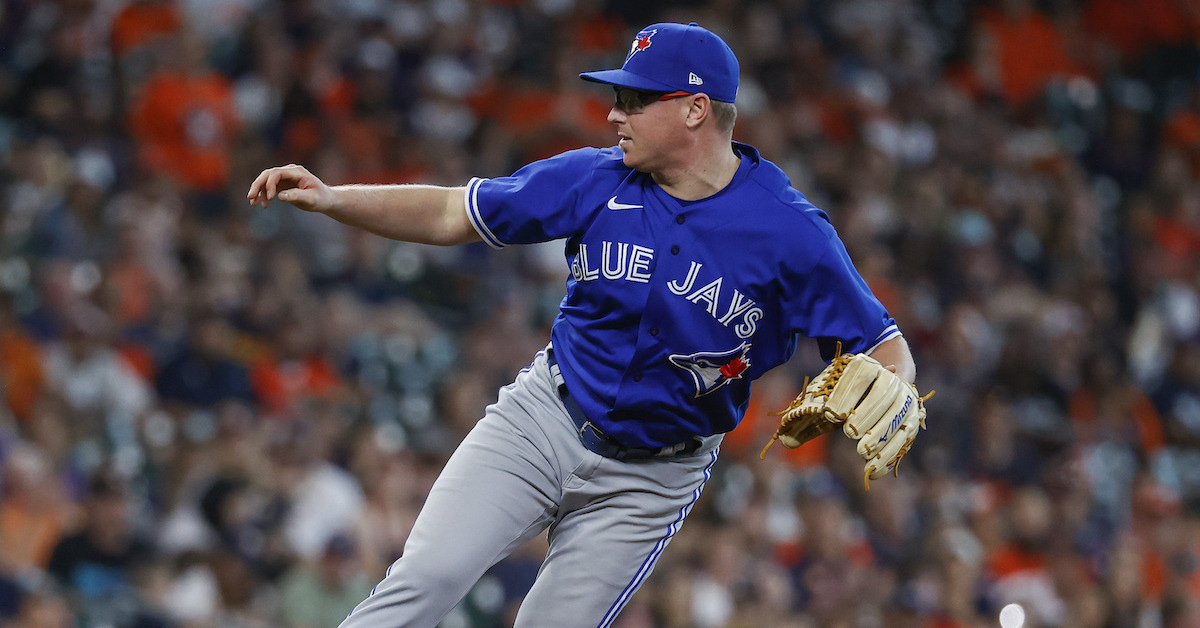The Red Sox Are Once Again Disappointing

The Red Sox may not be as catastrophically awful as the Reds, but at 10-19 they’re running last in the AL East and own the league’s second-worst record ahead of only the Tigers (8-20). Cripes, they’re looking up at the 12-17 Orioles, losers of at least 108 games in each of the last three full seasons. But while Baltimore is in the midst of a seemingly interminable rebuilding effort, Boston is coming off a season in which it won 92 games and fell just two wins short of a World Series berth, and its payroll — $236.6 million for Competitive Balance Tax purposes — is over the tax threshold. At the moment, the Red Sox look like the worst team that money can buy.
You’re forgiven if this feels somewhat familiar, because the Red Sox have made precipitous falls something of a specialty. In 2011, they won 90 games, then crashed to 69 wins the following year while carrying a $175 million payroll, second only to the Yankees. They followed that with a 97-win rebound and their third championship in a decade in 2013… only to plummet to 71 wins a year later. They fell even further from 2018 (108 wins) to ’19 (84) than from ’11 to ’12, but they at least finished above .500 in the latter campaign before plummeting to 24-36 — and last place in the division — during the pandemic-shortened 2020 season.
Here’s a quick look at where this start fits in among expansion-era Red Sox teams:
| Year | W | L | Win% | W | L | Win% |
|---|---|---|---|---|---|---|
| 1966 | 8 | 21 | .276 | 72 | 90 | .444 |
| 2020 | 9 | 20 | .310 | 24 | 36 | .400 |
| 1996 | 10 | 19 | .345 | 85 | 77 | .525 |
| 2022 | 10 | 19 | .345 | — | — | NA |
| 1972 | 11 | 18 | .379 | 85 | 70 | .548 |
| 1961 | 12 | 17 | .414 | 76 | 86 | .469 |
| 1964 | 12 | 17 | .414 | 72 | 90 | .444 |
| 1984 | 12 | 17 | .414 | 86 | 76 | .531 |
| 2012 | 12 | 17 | .414 | 69 | 93 | .426 |
| 2019 | 12 | 17 | .414 | 84 | 78 | .519 |
This current team is tied with the 1996 edition for the third-worst record to this point. While some of the above squads were able to scramble back above .500, none of them made the playoffs; the slow start cost the 1972 team a spot in the strike-shortened season. No team that has started 10-19 since the playoffs last expanded in 2012 has even claimed a Wild Card spot, though an 11-18 Pirates team did in ’14, and five other 11-18 teams did so from 1995-2011, when each league only awarded one Wild Card spot. Read the rest of this entry »









